Imagine a world where advertising campaigns practically create themselves, adapting to individual preferences with uncanny precision. Welcome to the future of advertising, where generative AI takes the stage as the ultimate marketing maven.
In this blog, we’ll take you on a journey through the top 10 advertising strategies where Generative AI reigns supreme. Say goodbye to generic ads and hello to personalized, data-driven campaigns that captivate audiences like never before. It’s time to explore the fascinating world of AI-powered advertising, where creativity meets data science, and the results are nothing short of astonishing.
Top 10 Advertising Strategies for Generative AI
1. Personalized Content Generation
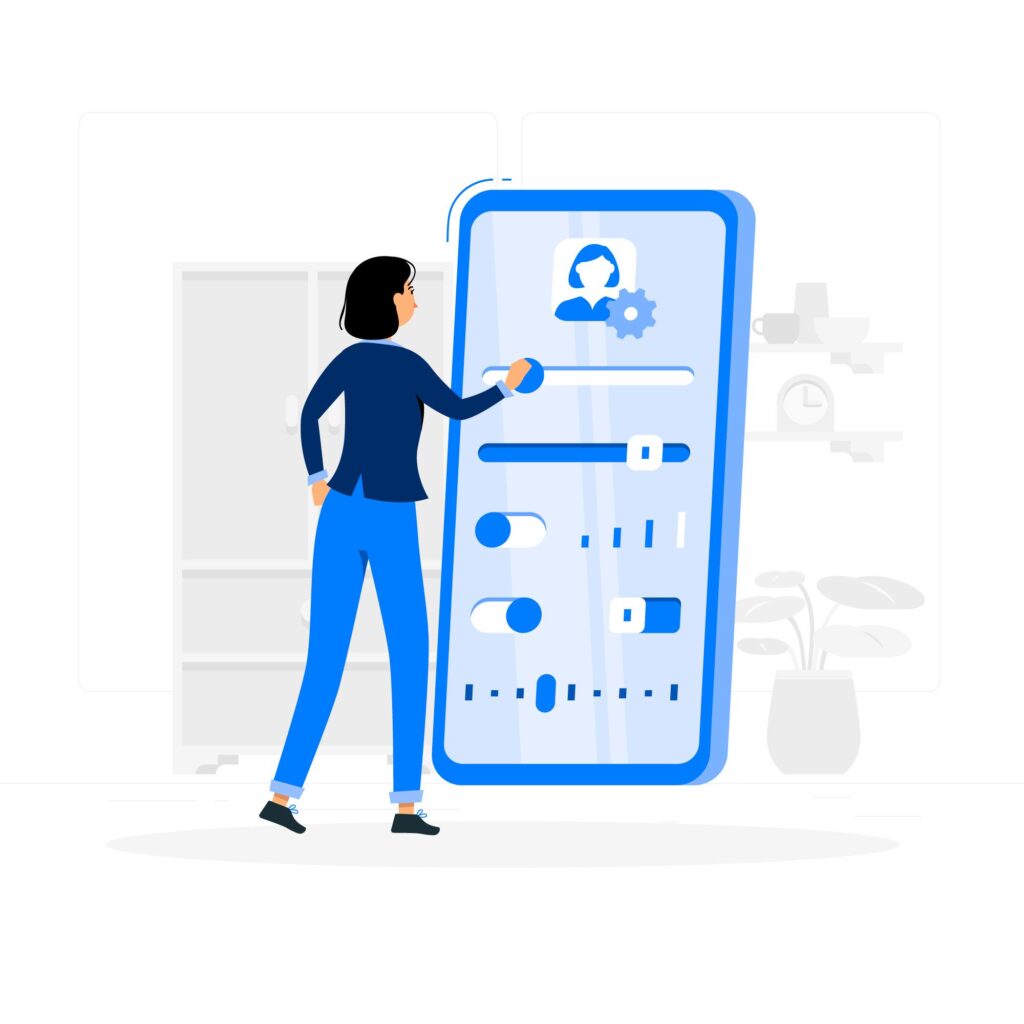
Personalized content generation with Generative AI involves tailoring ad content to individual users’ preferences and behaviors. By analyzing user data, such as browsing history and demographics, AI can create highly relevant and engaging advertisements. This strategy significantly improves user engagement and conversion rates by delivering content that resonates with each user on a personal level.
How it Works: Generative AI analyzes user data, such as browsing history, location, and past interactions with your brand, to create tailored ad content. This content can include personalized product recommendations, email subject lines, and website content.
Benefits: Personalization increases user engagement and conversion rates by delivering content that speaks directly to each individual’s interests and needs.
Examples: Amazon’s product recommendations and Spotify’s personalized playlists are prime examples of personalized content generation.
2. Optimizing Ad Copy
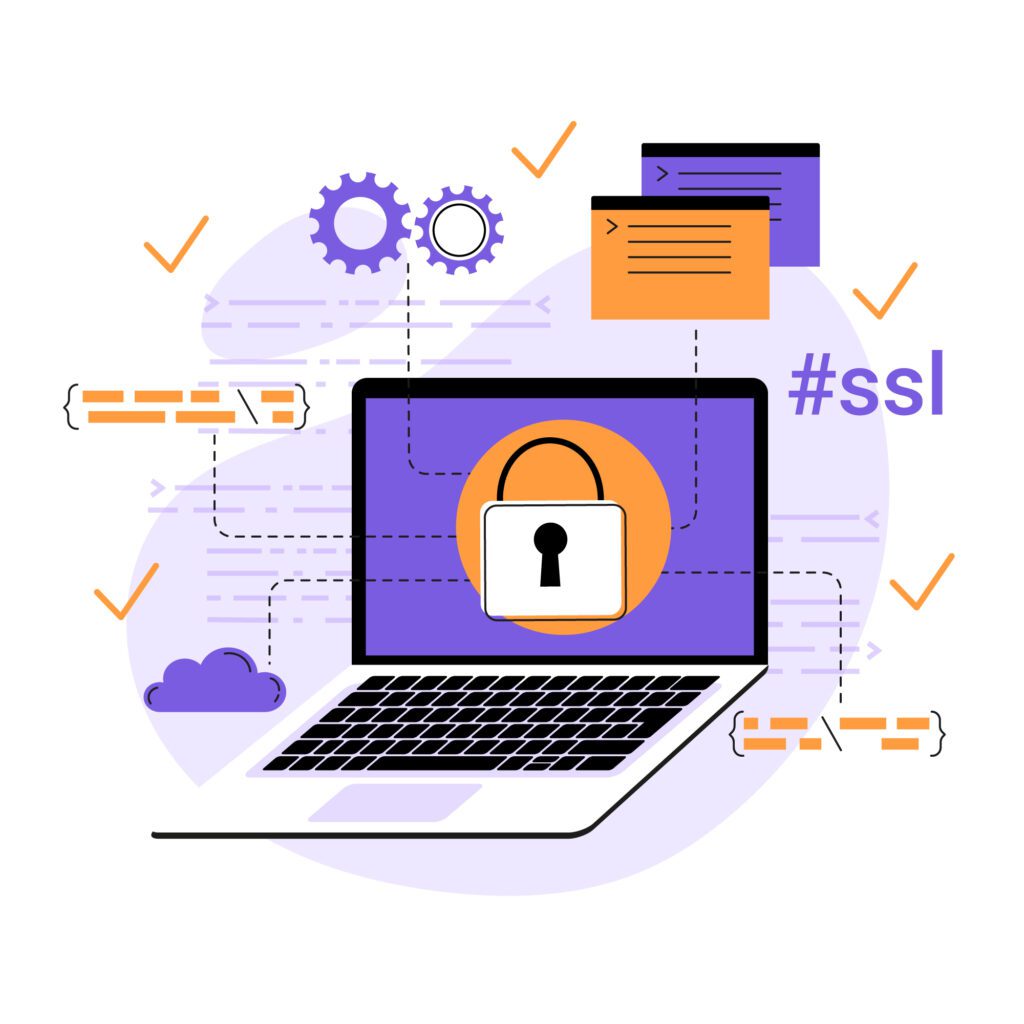
Automated ad copywriting utilizes AI algorithms to generate persuasive and contextually relevant ad text. It ensures that your messaging aligns with your brand’s voice and effectively communicates your value proposition to the target audience. AI-driven copywriting not only saves time but also optimizes ad content for various platforms and continuously refines it based on performance data.
How it Works: Generative AI generates ad copy by examining your brand’s messaging, target audience, and campaign objectives. It ensures the ad text is persuasive, on-brand, and suited for various advertising platforms.
Benefits: Automated ad copywriting saves time and resources while ensuring that ad content is optimized for maximum effectiveness. It also enables rapid A/B testing and iteration.
Examples: Google Ads’ responsive search ads use AI to dynamically generate ad headlines and descriptions.
3. Visual Content Generation
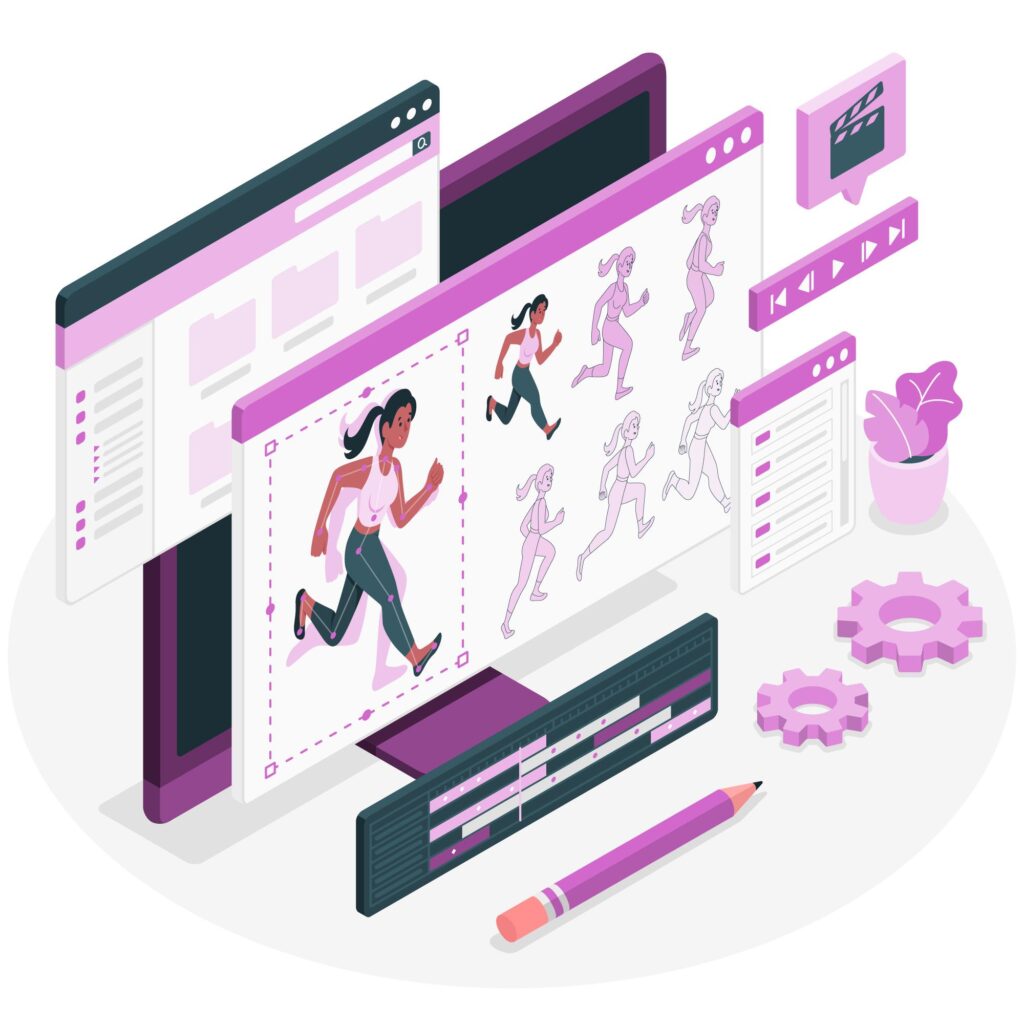
Generative AI can automatically produce visually appealing images, videos, and multimedia content for your ads. This strategy ensures consistency in visual branding while saving resources and time. Visual content generation enhances the overall impact of your advertisements, making them more eye-catching and compelling to the audience.
How it Works: Generative AI produces images, videos, and other visual content for your ads based on your brand guidelines and campaign objectives.
Benefits: Visual content generation ensures consistency in branding and enhances the visual appeal of your ads. It’s especially useful for creating dynamic and eye-catching social media content.
Examples: Adobe’s AI-powered tools like Adobe Sensei can automatically generate design elements.
4. A/B Testing Optimization
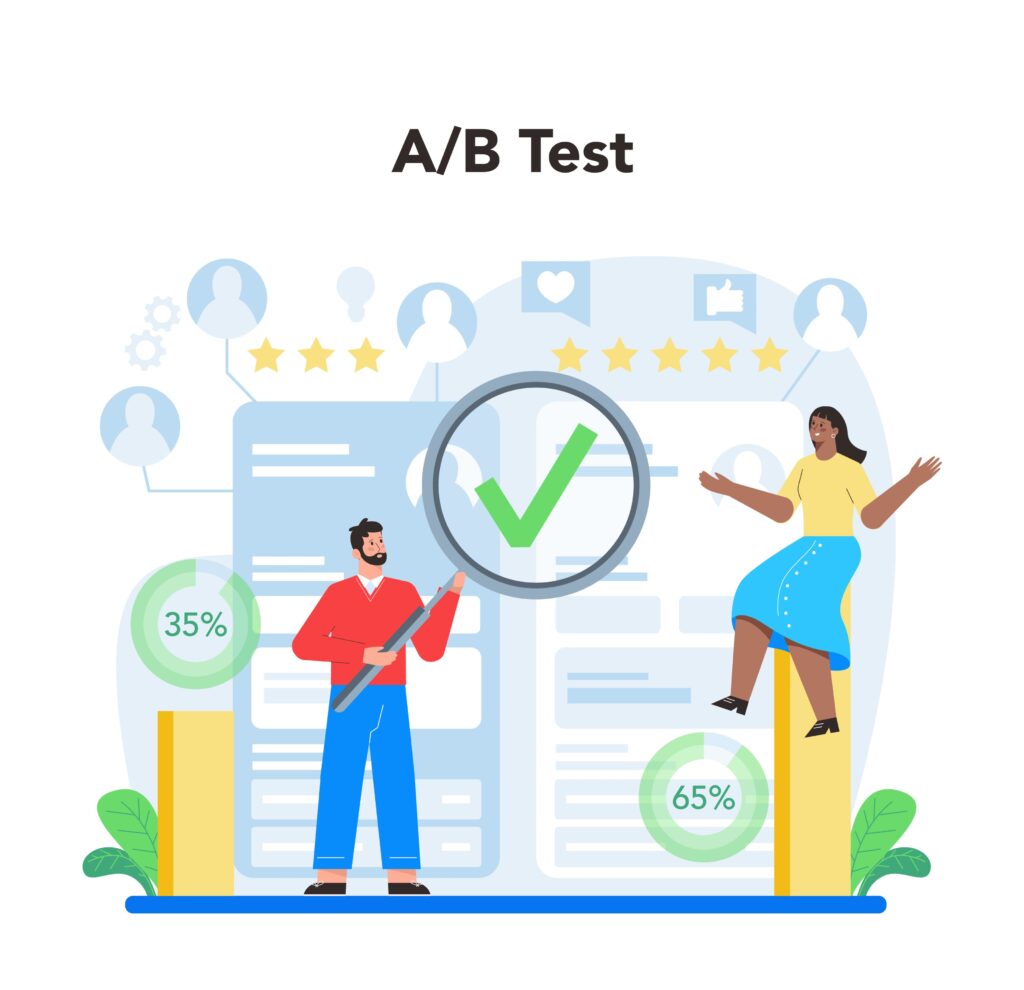
A/B testing optimization involves using Generative AI to monitor and analyze the performance of different ad variations. By collecting real-time data on conversion rates and other key metrics, AI can make data-driven recommendations on how to allocate your ad budget for maximum ROI. This strategy continuously refines your campaigns, improving their effectiveness over time.
How it Works: Generative AI continuously monitors the performance of different ad variations in A/B tests. It collects real-time data on conversion rates and other key metrics and makes recommendations for allocating ad budgets.
Benefits: A/B testing optimization maximizes the ROI of your advertising campaigns by allocating resources to the best-performing variations.
Examples: Facebook and Google Ads offer A/B testing features with AI-driven insights.
5. Predictive Analytics and Customer Insights

Predictive analytics powered by AI leverages historical data to forecast future trends, customer behavior, and market conditions. By gaining insights into what lies ahead, advertisers can make informed decisions about where to allocate resources and which products or services to promote. This data-driven approach helps advertisers stay competitive and adaptable in a dynamic market.
How it Works: Predictive analytics powered by AI uses historical data to forecast future trends, customer behavior, and market conditions.
Benefits: This data-driven approach helps advertisers make informed decisions about resource allocation, product promotion, and market positioning.
Examples: Netflix uses predictive analytics to recommend content based on user preferences and viewing history.
6. Natural Language Processing in Chatbots
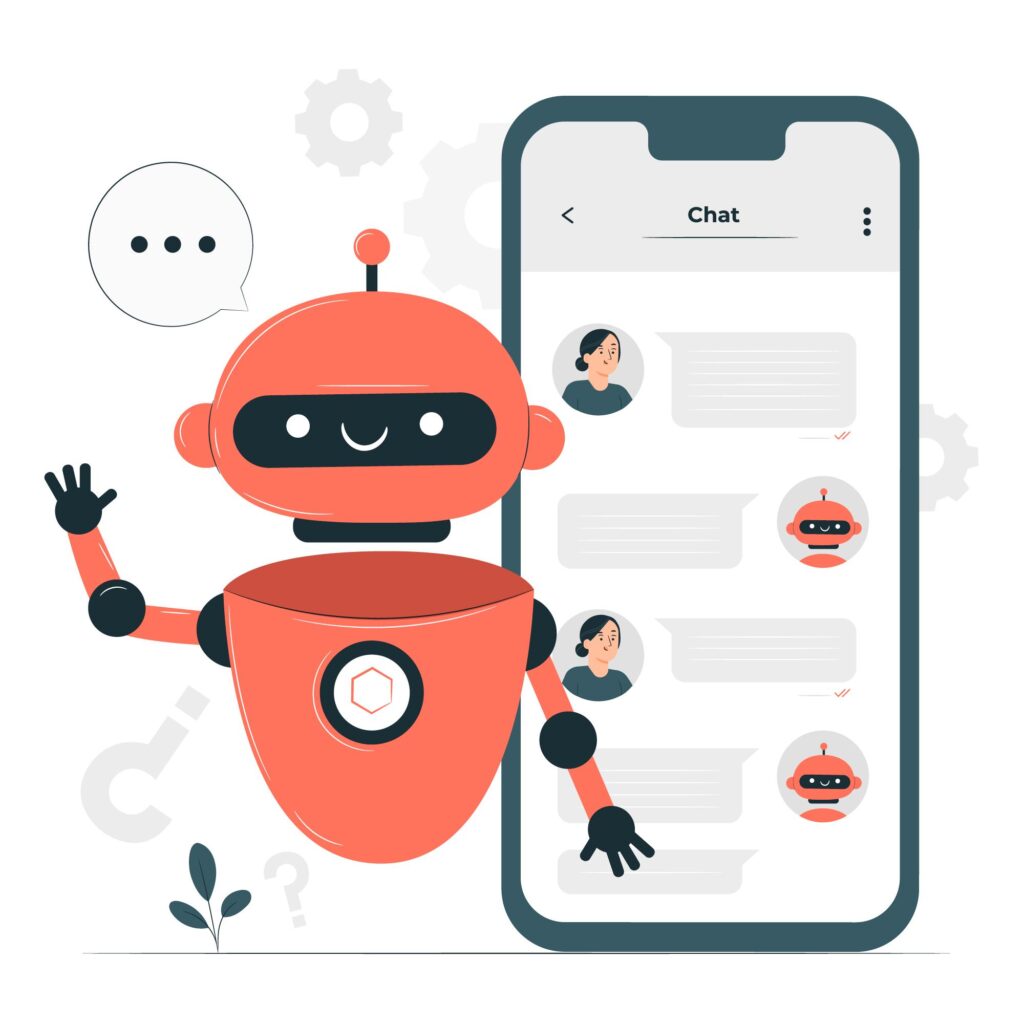
Integrating Natural Language Processing (NLP) into chatbots enables real-time, personalized customer interactions. NLP-driven chatbots can answer inquiries, provide product information, and guide users through the sales process, improving user satisfaction and driving conversions.
These chatbots use AI to understand and respond to user queries in a natural and context-aware manner.
How it Works: Chatbots equipped with Natural Language Processing (NLP) can understand and respond to user queries and requests in natural language. They provide real-time assistance, answer questions, and offer personalized recommendations.
Benefits: NLP-driven chatbots enhance user engagement, improve customer support, and drive conversions by providing immediate and relevant responses.
Examples: Many e-commerce websites use chatbots for customer support, and Apple’s Siri is a popular NLP-powered personal assistant.
7. Dynamic Pricing and Product Recommendations

Dynamic pricing and product recommendations leverage AI to adjust product prices based on real-time data and recommend products to users based on their preferences and behaviors. This strategy enhances the user experience, increases cross-selling and upselling opportunities, and maximizes revenue by presenting customers with relevant offerings.
How it Works: AI adjusts product prices in real-time based on factors like demand, competitor pricing, and inventory levels. Additionally, AI recommends products to users based on their browsing and purchase history.
Benefits: Dynamic pricing maximizes revenue by optimizing prices, while product recommendations increase cross-selling and upselling opportunities.
Examples: Airlines often adjust ticket prices dynamically, and Amazon’s “Customers who bought this also bought” feature is a well-known product recommendation tool.
8. Content Automation for Social Media
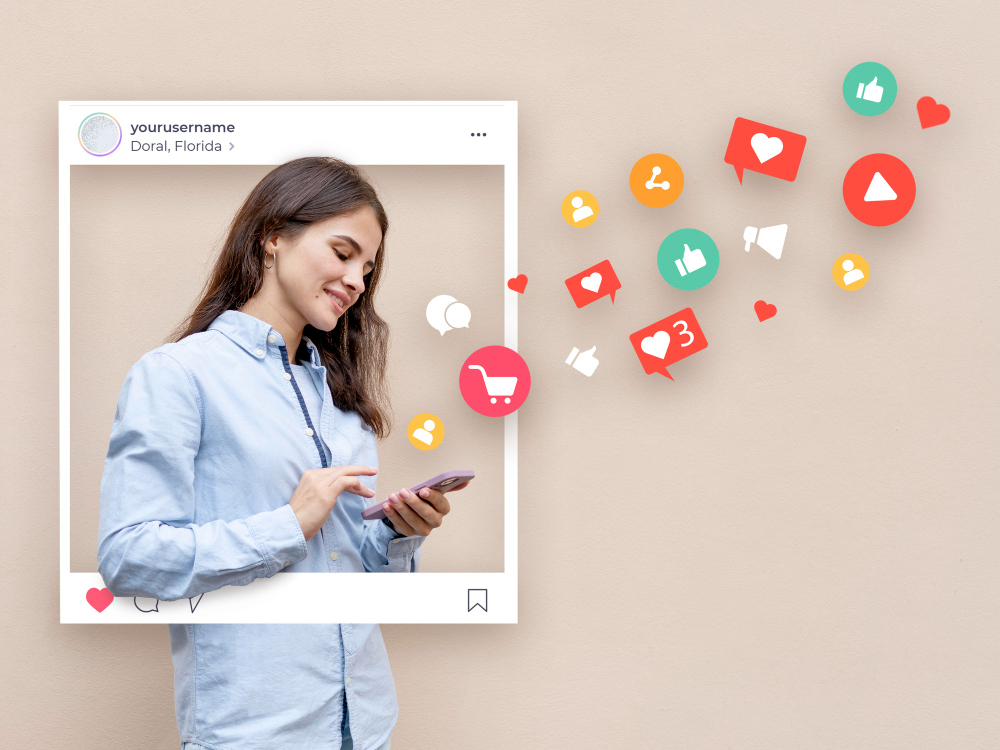
Content automation in social media involves using AI to create and schedule posts across various platforms. AI-generated content ensures a consistent and engaging social media presence, saving time and effort. This strategy helps maintain brand visibility and fosters audience engagement on social platforms.
How it Works: Generative AI creates and schedules social media posts, including text, images, and hashtags, to maintain a consistent and engaging social media presence.
Benefits: Content automation saves time and ensures a steady stream of content, fostering audience engagement on social platforms.
Examples: Tools like Buffer and Hootsuite offer features for scheduling and automating social media posts.
9. Sentiment Analysis and Reputation Management
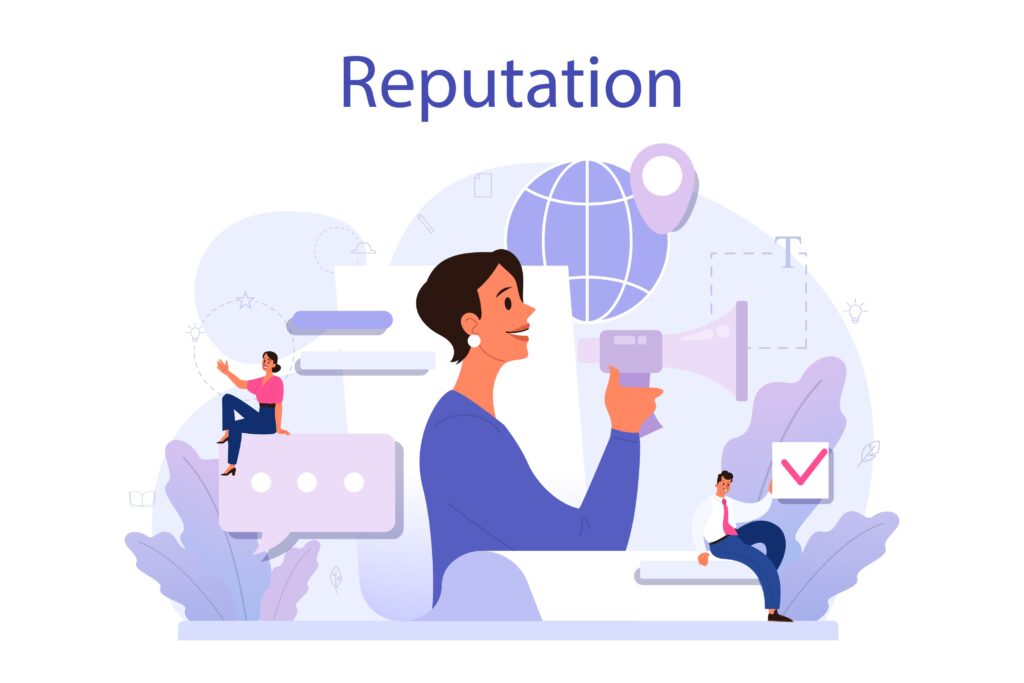
Sentiment analysis with AI monitors online sentiment about your brand by analyzing social media, reviews, and news articles. It enables brands to generate appropriate responses to negative comments and effectively manage their online reputation. This proactive approach helps build and maintain a positive brand image and customer trust.
How it Works: AI conducts sentiment analysis by monitoring online sentiment about your brand, analyzing social media, reviews, and news articles.
Benefits: Sentiment analysis enables brands to respond to negative comments and manage their online reputation effectively, maintaining a positive brand image.
Examples: Brands like Coca-Cola and Starbucks actively engage in online reputation management by responding to customer feedback on social media.
10. Ad Fraud Detection

Ad fraud detection relies on AI algorithms to identify and prevent fraudulent activities, such as click fraud or ad impressions from bots. This strategy safeguards advertising budgets by blocking fraudulent traffic, ensuring that ad spend is utilized efficiently, and helping advertisers maintain the integrity of their campaigns.
How it Works: AI algorithms identify and prevent fraudulent activities in advertising, such as click fraud or ad impressions from bots.
Benefits: Ad fraud detection safeguards advertising budgets, ensuring that ad spend is used efficiently and campaigns maintain their integrity.
Examples: Companies like DoubleVerify and White Ops specialize in ad fraud detection solutions used by advertisers and ad agencies.
Conclusion
In the realm of modern advertising, the integration of Generative AI has opened up new horizons for marketers and brands. These top 10 advertising strategies for Generative AI signify a transformative shift in the way businesses engage with their target audience. From crafting personalized content to employing automated ad copywriting and dynamic pricing, these approaches demonstrate the incredible power of AI to drive efficiency and efficacy.
Beyond the numbers, they enable a more profound connection with consumers, offering tailored experiences and real-time responses through chatbots. In a world where data and insights rule, these strategies propel advertisers toward success by harnessing the capabilities of Generative AI to deliver more relevant, impactful, and efficient campaigns.





